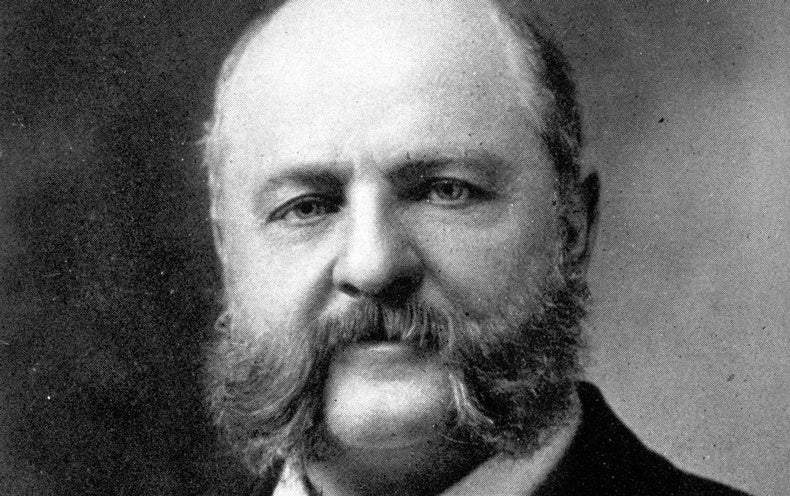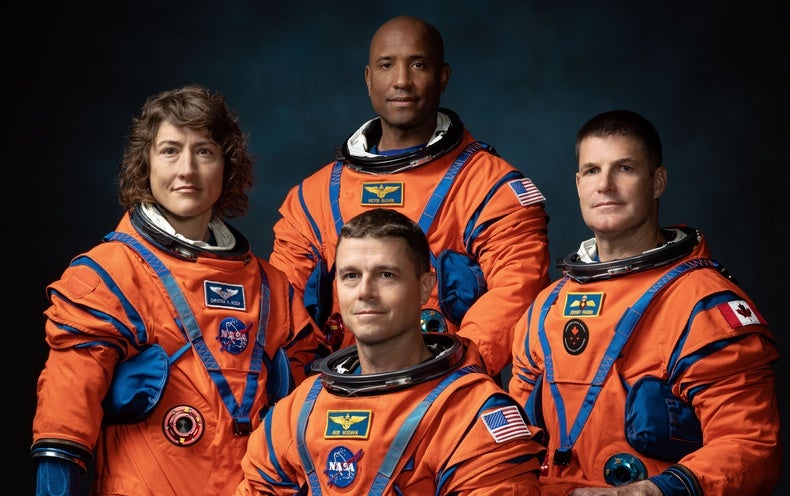When it comes to heroic dogs, Balto is high on the list. The famous Siberian husky inspired a 1995 animated film and was immortalized as a statue in New York City’s Central Park for being part of a dogsled team that delivered lifesaving antitoxin to a remote Alaskan town that was struck by diphtheria in… Continue reading The Lifesaving Sled Dog Balto Had Genes unlike Those of Dog Breeds Today
Category: Quantum Stuff
This 19th-Century Obscenity Law Is Still Restricting People’s Reproductive Rights
Last Friday the Supreme Court issued a stay on a lower court ruling that revoked the Food and Drug Administration’s more than 20-year-old approval of mifepristone, one of two medications that have been prescribed together for decades in the U.S. to end unwanted pregnancies. The ruling temporarily preserves access to a safe and effective abortion… Continue reading This 19th-Century Obscenity Law Is Still Restricting People’s Reproductive Rights
A New Theory for the Assembly of Life in the Universe
Shedding the Shackles of Determinism Assembly theory predicts that objects like us can’t arise in isolation — that some complex objects can only occur in conjunction with others. This makes intuitive sense; the universe could never produce just a single human. To make any humans at all, it had to make a whole bunch of… Continue reading A New Theory for the Assembly of Life in the Universe
Information Theory Finds the Best Wordle Starting Words
How did you spend the past few years as the COVID pandemic raged and limited our leisure options? Software developer Josh Wardle and his partner passed the time with crossword puzzles from the New York Times. At one point, Wardle remembered an idea for a similar game he had thought up a few years earlier. The word game… Continue reading Information Theory Finds the Best Wordle Starting Words
Strange Material Breaks a Classic Rule of Physics
A basic tenet of college physics is that as pressure increases, thermal conductivity—a material’s ability to conduct heat—increases, too, because atoms that are squeezed together interact more. More than a century of research has confirmed this rule. But engineers have now found an exception: when they applied intense pressure to boron arsenide, a recently discovered… Continue reading Strange Material Breaks a Classic Rule of Physics
A Mutation Turned Ants Into Parasites in One Generation
These workerless social parasites, sometimes called inquilines (from the Latin word for “tenants”), have a distinctive appearance that to human eyes easily sets them apart from their hosts. But their parasitic scheme succeeds because they have evolved ways to steal chemical odors from the host nest to camouflage themselves. Genomic analyses have shown that ant… Continue reading A Mutation Turned Ants Into Parasites in One Generation
This Pioneering Nuclear Fusion Lab Is Gearing Up to Break More Records
Last month, the US National Ignition Facility (NIF) fired its lasers up to full power for the first time since December, when it achieved its decades-long goal of ‘ignition’ by producing more energy during a nuclear reaction than it consumed. The latest run didn’t come close to matching up: NIF achieved only 4% of the output it… Continue reading This Pioneering Nuclear Fusion Lab Is Gearing Up to Break More Records
With a Planned Moon Launch, NASA Must Put Safety First
The U.S. is once again sending people to the moon. The world met the crew of the planned Artemis II mission in early April and celebrated an upcoming 10-day voyage that should both stir nostalgia and fuel a new generation’s love of crewed spaceflight. But after multiple space catastrophes in the past 60 years, Project… Continue reading With a Planned Moon Launch, NASA Must Put Safety First
These Are the Places at Greatest Risk from Extreme Heat
CLIMATEWIRE | A record-shattering heat wave that blistered the Pacific Northwest in 2021 carried an important lesson, scientists say. Places that historically haven’t had to deal with extreme heat may not be prepared when it strikes. That was true across the lush, temperate regions of Oregon, Washington state and British Columbia, where air conditioning was still… Continue reading These Are the Places at Greatest Risk from Extreme Heat
A New Kind of Symmetry Shakes Up Physics
Seiberg and his colleagues imagined the one-dimensional string as being surrounded by a surface, a two-dimensional plane, so that it looked like a line drawn on a sheet of paper. Instead of measuring charge along the string, they described a method for measuring the total charge across the surface surrounding the string. “The really new… Continue reading A New Kind of Symmetry Shakes Up Physics






